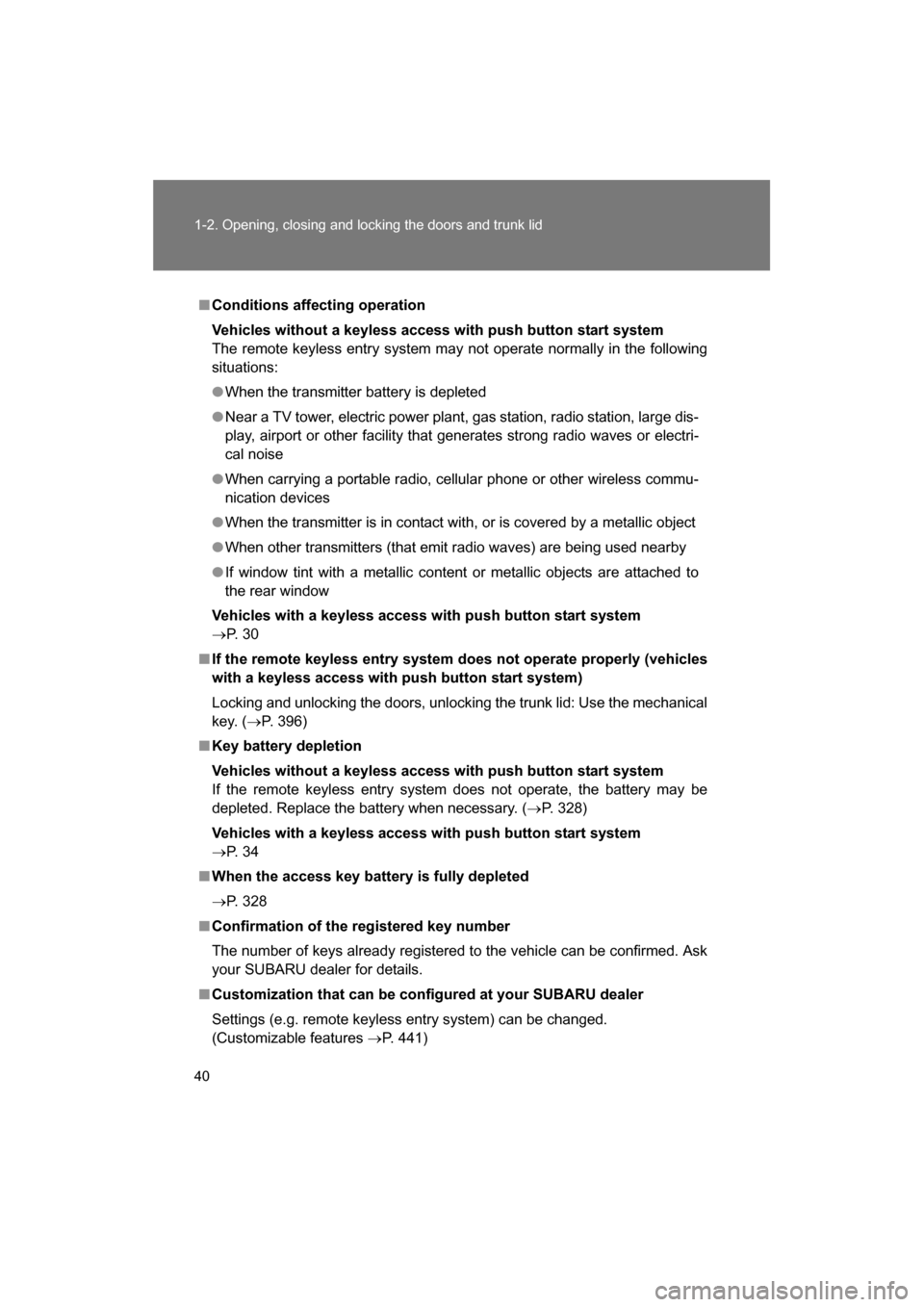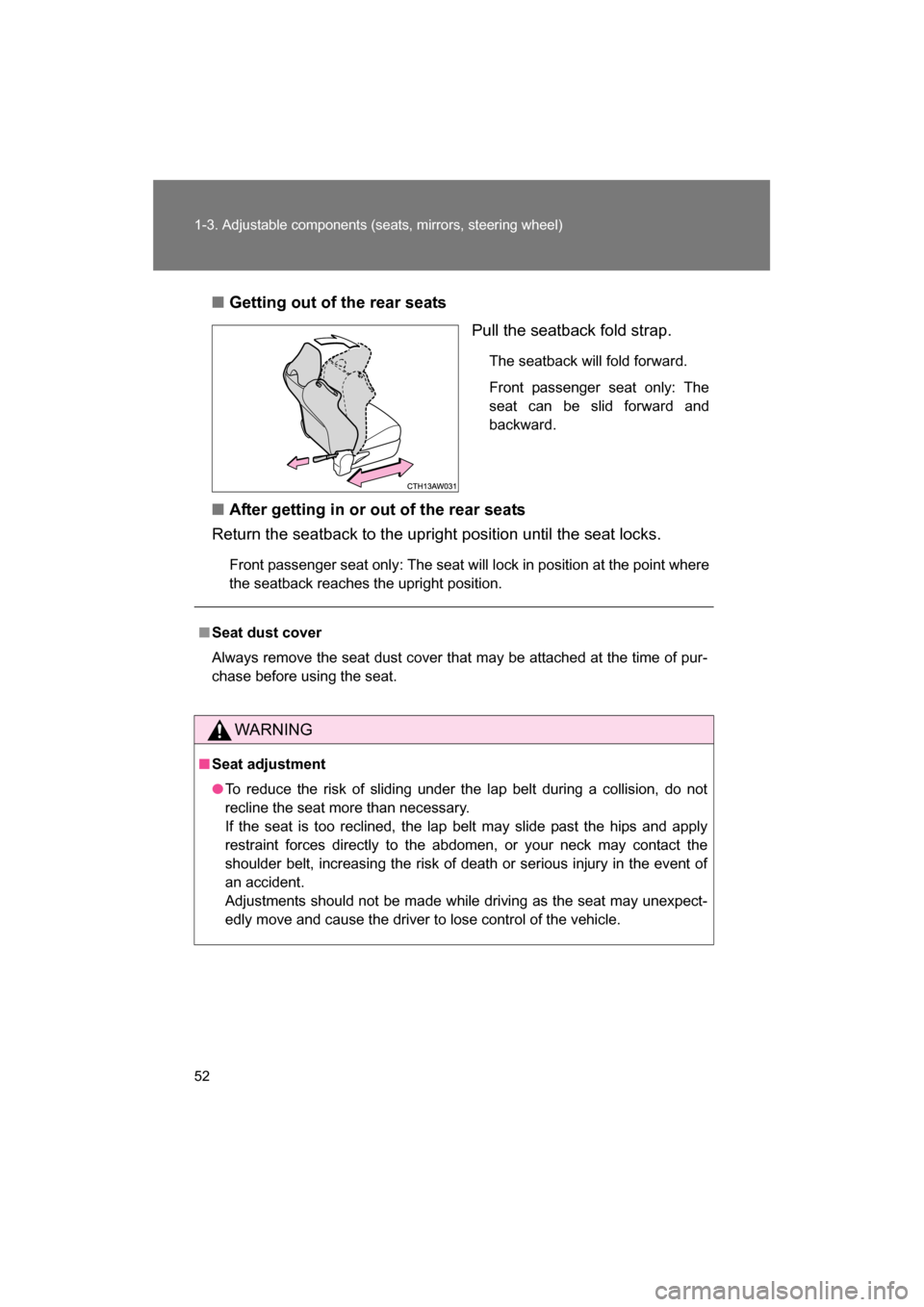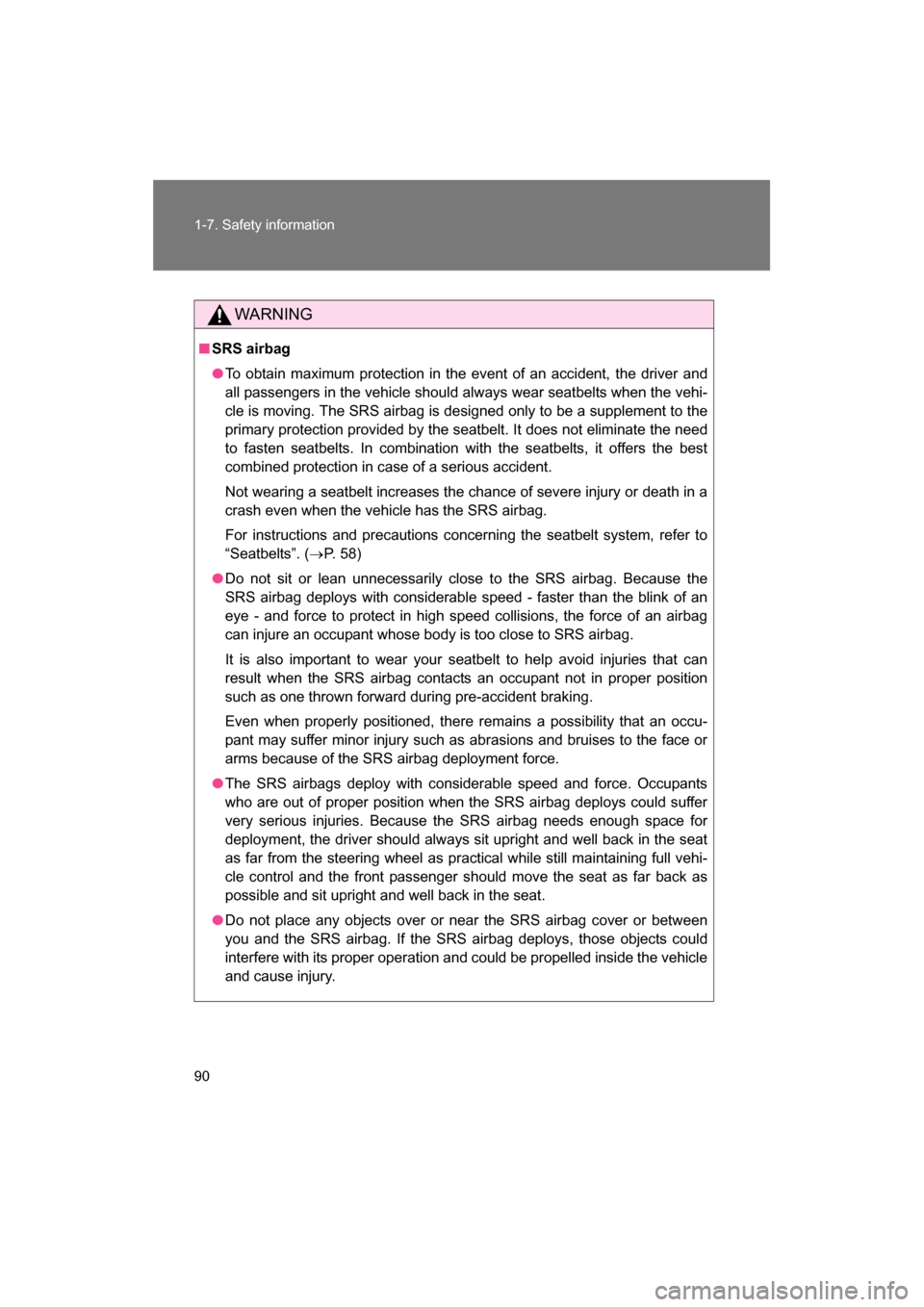Page 14 of 488

14
For your information
Main Owner’s Manual
Please note that this manual applies to all models and explains all equip-
ment, including options. Therefore, you may find some explanations for
equipment not installed on your vehicle.
All specifications provided in this manual are current at the time of printing.
However, because of the SUBARU policy of continual product improvement,
we reserve the right to make changes at any time without notice and without
incurring any obligation to make changes on vehicles previously sold.
Depending on specifications, the vehicle shown in the illustration may differ
from your vehicle in terms of color and equipment.
Noise from under vehicle after turning off the engine
Approximately five hours after the engine is turned off, you may hear sound
coming from under the vehicle for several minutes. This is the sound of a fuel
evaporation leakage check and, it does not indicate a malfunction.
Accessories, spare parts and modification of your SUBARU
A wide variety of non-genuine spare parts and accessories for SUBARU
vehicles are currently available in the market. You should know that
SUBARU does not warrant these products and is not responsible for their
performance, repair, or replacement, or for any damage they may cause to,
or adverse effect they may have on, your SUBARU vehicle.
This vehicle should not be modified with non-genuine SUBARU products.
Modification with non-genuine SUBARU products could affect its perfor-
mance, safety or durability, and may even violate governmental regulations.
In addition, damage or performance problem s resulting from the modification
may not be covered under warranty.
Page 30 of 488
30
1-2. Opening, closing and locking the doors and trunk lid
■Conditions affecting operation
The keyless access with push button start system uses weak radio waves. In
the following situations, the communication between the access key and the
vehicle may be affected, preventing the keyless access with push button
start system, remote keyless entry system and engine immobilizer system
from operating properly. (Way of coping →P. 396)
●When the access key battery is depleted
●Near a TV tower, electric power plant, gas station, radio station, large dis-
play, airport or other facility that generates strong radio waves or electri-
cal noise
●When the access key is in contact with, or is covered by the following
metallic objects
Page 40 of 488

40
1-2. Opening, closing and locking the doors and trunk lid
■Conditions affecting operation
Vehicles without a keyless access with push button start system
The remote keyless entry system may not operate normally in the following
situations:
●When the transmitter battery is depleted
●Near a TV tower, electric power plant, gas station, radio station, large dis-
play, airport or other facility that generates strong radio waves or electri-
cal noise
●When carrying a portable radio, cellular phone or other wireless commu-
nication devices
●When the transmitter is in contact with, or is covered by a metallic object
●When other transmitters (that emit radio waves) are being used nearby
●If window tint with a metallic content or metallic objects are attached to the rear window
Vehicles with a keyless access with push button start system
→ P. 3 0
■If the remote keyless entry system does not operate properly (vehicles
with a keyless access with push button start system)
Locking and unlocking the doors, unlocking the trunk lid: Use the mechanical
key. ( →P. 396)
■Key battery depletion
Vehicles without a keyless access with push button start system
If the remote keyless entry system does not operate, the battery may be
depleted. Replace the battery when necessary. ( →P. 328)
Vehicles with a keyless access with push button start system
→ P. 3 4
■When the access key battery is fully depleted
→ P. 328
■Confirmation of the registered key number
The number of keys already registered to the vehicle can be confirmed. Ask
your SUBARU dealer for details.
■Customization that can be conf igured at your SUBARU dealer
Settings (e.g. remote keyless entry system) can be changed.
(Customizable features →P. 441)
Page 52 of 488

52
1-3. Adjustable components (seats, mirrors, steering wheel)
■Getting out of the rear seatsPull the seatback fold strap.
The seatback will fold forward.
Front passenger seat only: The
seat can be slid forward and
backward.
■After getting in or out of the rear seats
Return the seatback to the upright position until the seat locks.
Front passenger seat only: The seat will lock in position at the point where
the seatback reaches the upright position.
■Seat dust cover
Always remove the seat dust cover that may be attached at the time of pur-
chase before using the seat.
WARNING
■Seat adjustment
●To reduce the risk of sliding under the lap belt during a collision, do not
recline the seat more than necessary.
If the seat is too reclined, the lap belt may slide past the hips and apply
restraint forces directly to the abdomen, or your neck may contact the
shoulder belt, increasing the risk of death or serious injury in the event of
an accident.
Adjustments should not be made while driving as the seat may unexpect-
edly move and cause the driver to lose control of the vehicle.
Page 54 of 488
54
1-3. Adjustable components (seats, mirrors, steering wheel)
Rear seats
■Seat dust cover
Always remove the seat dust cover that may be attached at the time of pur-
chase before using the seat.
The seatbacks of the rear seats can be folded down.
Pull the both left and right
seatback lock release straps
in the trunk lid to fold down the
seatback.To return the seatbacks to its
original position, lift it up until it
locks.
Page 81 of 488
81
1
1-6. Security system
Before driving
Theft prevention labels (U.S.A.)
These labels are attached to
the vehicle to reduce vehicle
theft by facilitating the tracing
and recovery of parts from sto-
len vehicles. Do not remove
under penalty of law.
Page 90 of 488

90
1-7. Safety information
WARNING
■SRS airbag
●To obtain maximum protection in the event of an accident, the driver and
all passengers in the vehicle should always wear seatbelts when the vehi-
cle is moving. The SRS airbag is designed only to be a supplement to the
primary protection provided by the seatbelt. It does not eliminate the need
to fasten seatbelts. In combination with the seatbelts, it offers the best
combined protection in case of a serious accident.
Not wearing a seatbelt increases the chance of severe injury or death in a
crash even when the vehicle has the SRS airbag.
For instructions and precautions concerning the seatbelt system, refer to
“Seatbelts”. (→P. 58)
●Do not sit or lean unnecessarily close to the SRS airbag. Because the
SRS airbag deploys with considerable speed - faster than the blink of an
eye - and force to protect in high speed collisions, the force of an airbag
can injure an occupant whose body is too close to SRS airbag.
It is also important to wear your seatbelt to help avoid injuries that can
result when the SRS airbag contacts an occupant not in proper position
such as one thrown forward during pre-accident braking.
Even when properly positioned, there remains a possibility that an occu-
pant may suffer minor injury such as abrasions and bruises to the face or
arms because of the SRS airbag deployment force.
●The SRS airbags deploy with considerable speed and force. Occupants
who are out of proper position when the SRS airbag deploys could suffer
very serious injuries. Because the SRS airbag needs enough space for
deployment, the driver should always sit upright and well back in the seat
as far from the steering wheel as practical while still maintaining full vehi-
cle control and the front passenger should move the seat as far back as
possible and sit upright and well back in the seat.
●Do not place any objects over or near the SRS airbag cover or between
you and the SRS airbag. If the SRS airbag deploys, those objects could
interfere with its proper operation and could be propelled inside the vehicle
and cause injury.
Page 94 of 488

94
1-7. Safety information
Your vehicle is equipped with ADVANCED AIRBAGS designed based
on US motor vehicle safety standards (FMVSS208). The airbag sys-
tem controls airbag deployment power for the driver and front pas-
senger. The front passenger's airbag system consists of the front
passenger occupant detection control module etc.
The main SRS airbag system components are shown above. The
SRS airbag system is controlled by the airbag control module. The
airbag control module consists of an airbag sensor.
In certain types of severe front or side impacts, the SRS airbag sys-
tem triggers the airbag inflators. A chemical reaction in the inflators
quickly fills the airbags with non-toxic gas to help restrain the motion
of the occupants.
Side airbag sensor (center
pillar left-hand side)
Side airbag module (driver’s
side)
Door impact sensor (left-
hand side)Airbag control module
(including impact sensors)
Front sub sensor (left-hand
side)
Curtain airbag module (left
side)
■If the SRS airbags deploy (inflate)
●Bruising and slight abrasions may result from contact with a deploying
(inflating) SRS airbag.
●A loud noise and white powder will be emitted.
●Parts of the airbag module (steering wheel hub, airbag cover and inflator)
as well as the front seats, parts of the front and rear pillars, and roof side
rails, may be hot for several minutes. The airbag itself may also be hot.
●The windshield may crack.